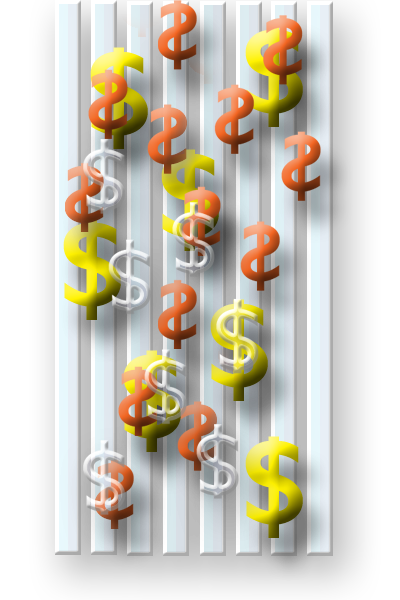
Market Research
We ensure that we start the research by first and foremost defining the hypotheses and we then build the research process to negate, prove or improve on them. This helps keep focus on "must know" information areas, rather than "nice to know" trivia, and also reduces analysis time wastage....
Market Research, we believe the role of research is to simplify complex issues. And to do so, it must cut through arguments, sift through debates and look deep for real insights.
Our endeavor therefore is to set the respondents' mind free and take them with us on the exploration trips. Our distinctiveness lies in generating meaningful insights, by experimenting within and beyond a wide spectrum of known research methods, and often using various projective techniques to best answer the fundamental issue that research has to resolve. We ensure that we start the research by first and foremost defining the hypotheses and we then build the research process to negate, prove or improve on them. This helps keep focus on "must know" information areas, rather than "nice to know" trivia, and also reduces analysis time wastage.
Projective Techniques
Less structured approaches are useful for providing a rich, insightful picture of how a brand/product is perceived. These are based on the assumption that respondents may be either unwilling or unable to reveal feelings, thoughts and attitudes when asked direct questions. We extensively deploy these techniques wherein the questioning does not confine responses and in fact, disguises the objective.
The World View Technique
- Used for brand image studies, where the aim is to understand brand values beyond what are generated by simple personification
- As opposed to other personification techniques, it's broad based - and throws a bank of data, rich with feelings
- Especially useful in low involvement categories/brands that have a nebulous image, or lifestyle/image based products
- It also helps identify brand's strengths and weaknesses, as well as health aspects with respect to competition.
Visual Techniques
- More often than not, it is seen that consumers are not able to articulate feelings and emotions on certain issues and their responses are restricted to 'I like it' or 'I feel good'
- Visuals are a potent tool in deciphering such responses, and taking thrilled vs. exhilarated (as in winning)
Sequential Recycling
- It requires members of the team to conduct one-on-one interviews with consumers. These are then observed by their colleagues, to discuss, develop and refine ideas and prototypes over a condensed time frame. It is usually used during the various stages of idea and concept development.
Interest graphs
- To understand the past-present-future of the brand and its competitors as perceived by the consumer. They work well in predicting brand's future as per consumer's assessment
Kelly's Triads
- Understand the similarities between three attributes/brands/celebrities and finding the odd one out.
- Especially in seemingly similar products and brands, Kelly's gives meaningful results.
Picture Interpretation/Bubble Drawings
- Respondents interpret a scene presented wherein the brand/product is playing a role.
- A consumer statement (that talks about a certain behavior) is written in a bubble and the answer needs to be given by the respondent, according to his view of what the other person would have said.
- Allows respondent to express how he feels by using the characters in the scene to communicate his own attitudes and feelings.
Brand Party (Making the brand a person)
- Used for personification, gives results superior to direct personification techniques
- The brand in question and its competitors are seen as people and are invited to a party. Different attributes - their dressing, their attitude, their level of confidence, their social attributes and so on - highlight their distinct personality dimensions.
Free Associations
- Here the aim is to avoid thinking or evaluating but provide the first set of words that come to mind.
- These are used at a spontaneous level before the consumer starts to delve and think deeper on the brand.
User profiling
- Through visuals or using celebrities, respondents are asked how the user of a brand/product differs from the user of another brand/product.
Our Standard Research Methodologies include:
- Focus Group Discussions
- Personal / Individual Depth Interviews
- Consumer Labs and Immersions
- Ethnographic / Contextual Inquiries
- Observation Studies
- Mystery Shopping
- Quantitative Studies
SilentDrifter Inc. is focused on providing full strategic consulting to clients, both domestic and international. This includes feasibility study, marketing strategy and follow up planning and execution.